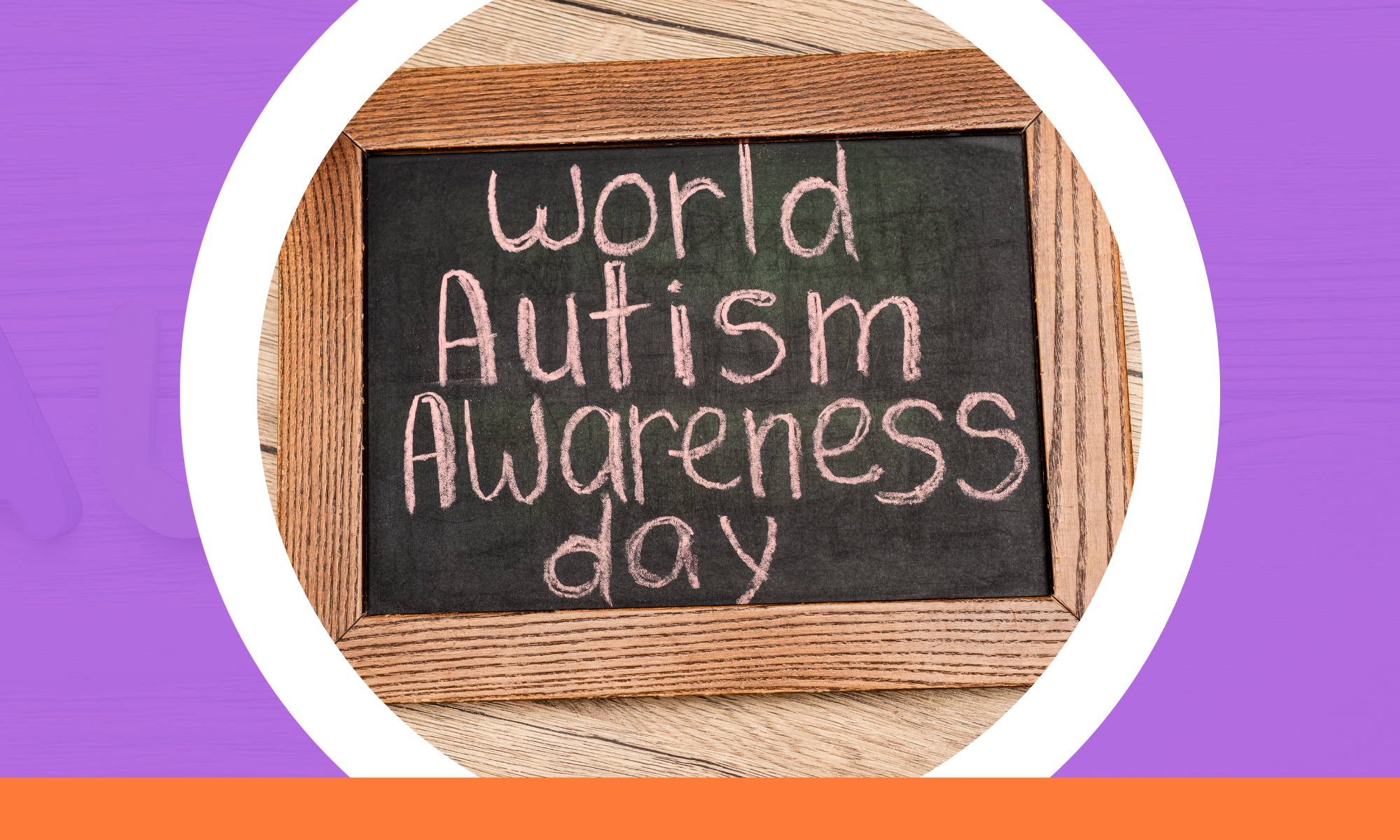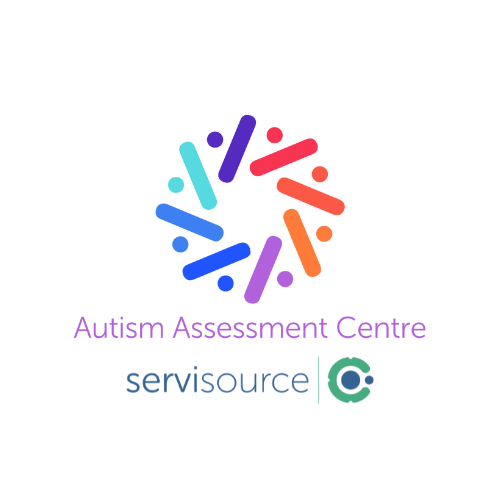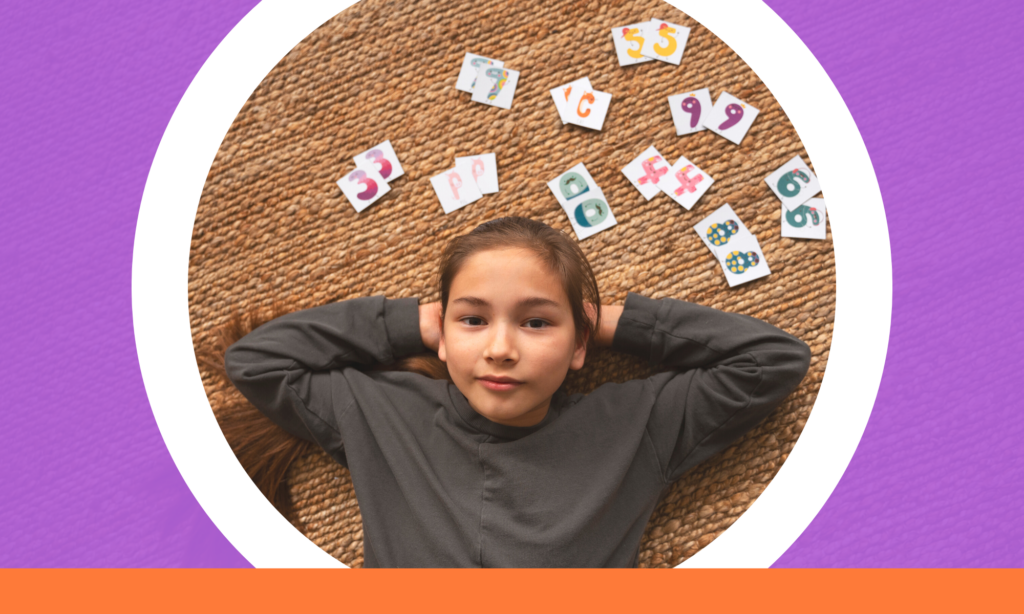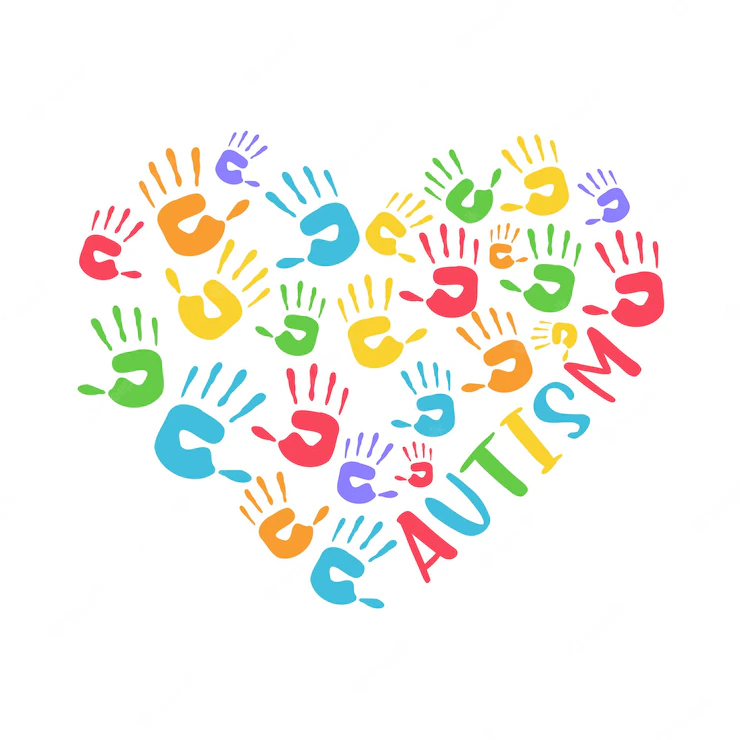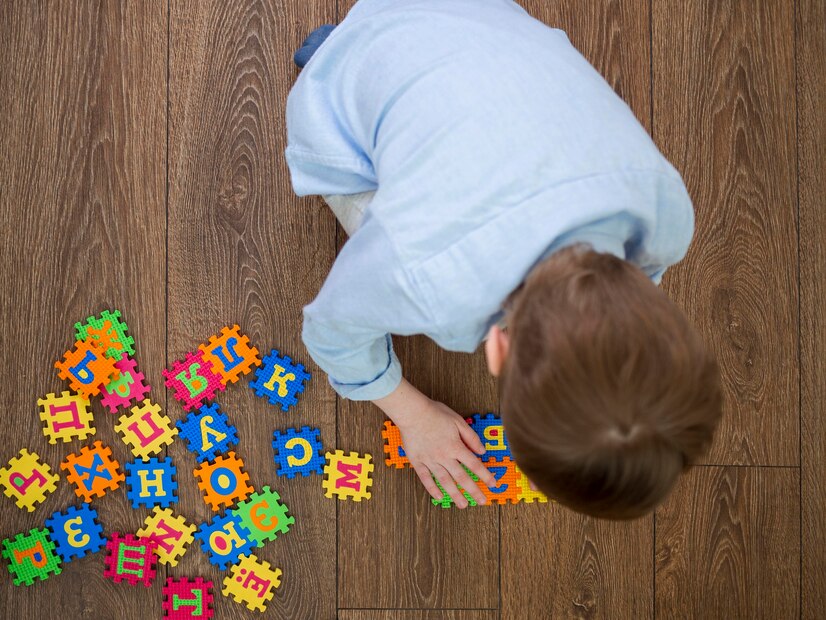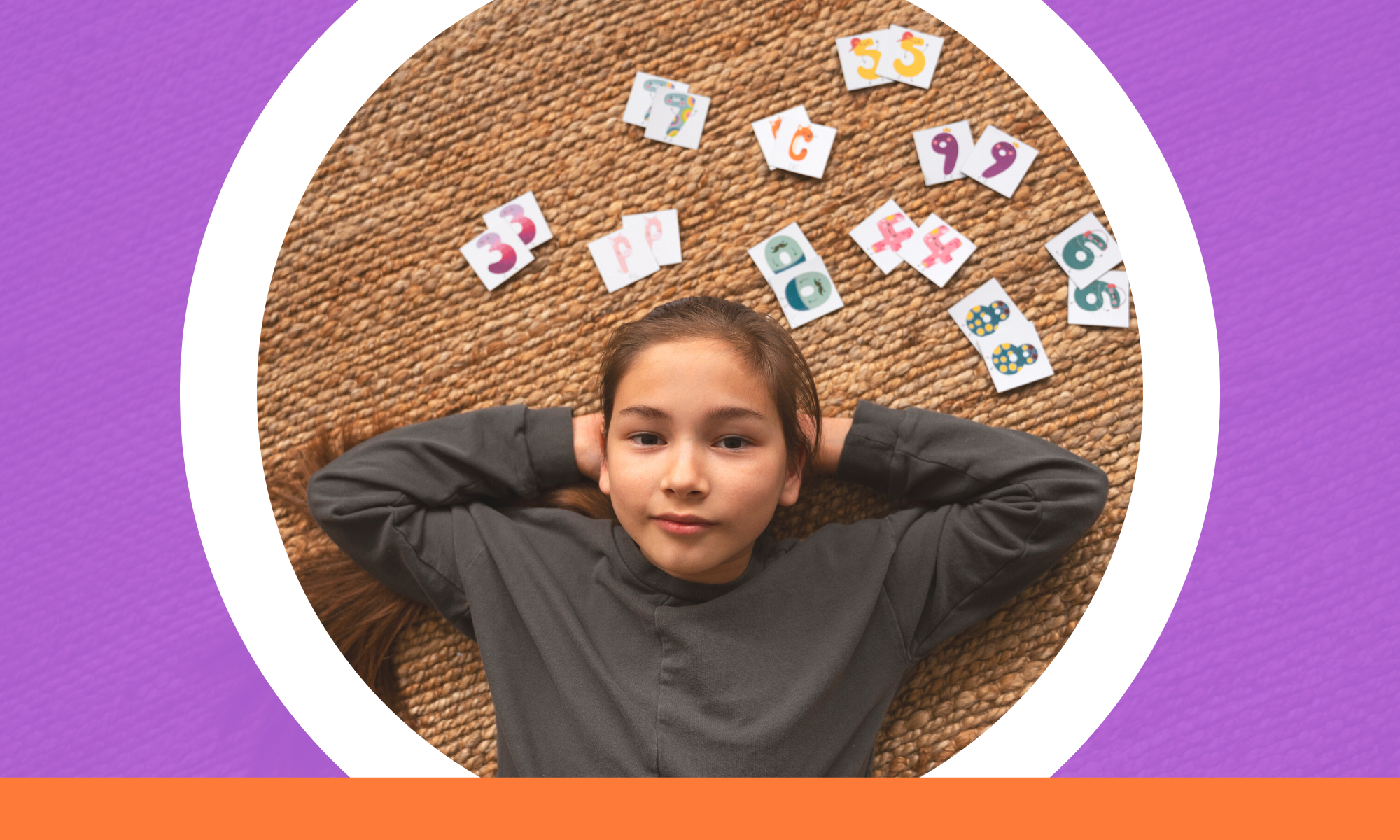What is Done in Autism Assessment?
Every child should have the best possible chance of leading a full, happy and healthy life. When families are educated on what is done in autism assessment, they realise the opportunities available to their child. Prompt detection can result in optimal results for both the child and their parents, including enhanced learning and appropriate direction in education. Numerous techniques are employed during an assessment creating a variety of benefits outlining the significance of evaluations for children diagnosed with autism.
What is Early Intervention?
This refers to the early detection and treatment of autism using a variety of services or therapies designed to enhance developmental outcomes. This is accomplished with the assistance of professionals and caregivers through:
Servisource’s Step By Step Process
Servisource has occupational therapists, psychologists, and speech and language therapists on the roster, which means the right people with the right skills and knowledge conduct assessments and are available to build relationships with children, ensuring a safe, comfortable, and accurate assessment.
Initial consultation
After gathering some initial information on the child, the free of charge meeting allows clinicians to recommend the specific assessments that will benefit them.
An Autism assessment is a multi-step process that includes information from a variety of sources. Background information is gathered from documents like a developmental history form, previous assessment reports and information from parents during intake. A written report from school personnel is requested, who know the child well. Observation data taken during interactions with the child is included as are any standardised assessment results conducted by staff.
The main tools used during a basic autism assessment are: the ADI-R (Autism Diagnostic Interview-Revised), the ADOS-2 (Autism Diagnostic Observation Schedule), and Child/Adolescent/Adult Sensory Profile (CSP/AASP).

• ADI-R is an extended interview completed by an experienced clinician with a child’s or adult’s parent/caregiver. Information is collected from different areas of functioning to determine if there are impairments in communication, social interaction and behaviours and whether these impairments and behaviours are consistent with others who have a diagnosis of autism. The ADI-R is only one component in determining if your child has autism.
• The ADOS-2 is a semi-structured, standardised assessment of communication, social interaction, play/imagination, and self-expressive body language behaviours for individuals who have been referred for assessment of autism. It consists of standard activities that allow the clinicians to observe behaviours that have been identified as important to the diagnosis of autism according to developmental levels and chronological age.
• The Sensory Profile is a standardised questionnaire completed by the parent/caregiver. The Sensory Profile looks at the child’s ability to process input using five senses – touch, sight, hearing, smell, and taste. Research reports that sensory integration may be associated with an autism diagnoses. While not all children experience challenges with sensory integration, many who are referred to an assessment of autism exhibit a diverse range of sensory needs. Autism Assessment Ireland include this evaluation tool to help inform parents about the unique needs of the child.
Servisource’s Autism Assessment Centre
By going through our assessment process, you can see if your child might have a autism.
This helps you to gain the following:
• Peace of mind
• Knowledge
• Advice
• Support
Benefits From These Methods
1. Improved learning abilities
Autism impacts the progression of social interaction and communication. Early identification of autism enables the provision of specialised assistance for children. This aids them in achieving academic and social performance by concentrating on enhancing communication. Children can experience increased comfort in their educational setting, equipping them with the necessary skills to effectively engage with their classmates and educators.
2. Provides guidance
It provides guidance on how to locate appropriate resources, assistance choices, and learning initiatives for families allowing parents to obtain specific help like behavioral therapy and skills development during a vital growth phase. Children can get therapy before their actions deteriorate over time as well as a roadmap for engaging with their surroundings.

An assessment aims to reassure and give parents the knowledge to choose the methods that best fit the unique needs of their child. It should be seen as an important part of each child’s overall health care plan. With the proper resources and support from medical professionals and parents, children with autism can feel hopeful about their future prospects. This, in turn, helps them to thrive within their home and education environment.






